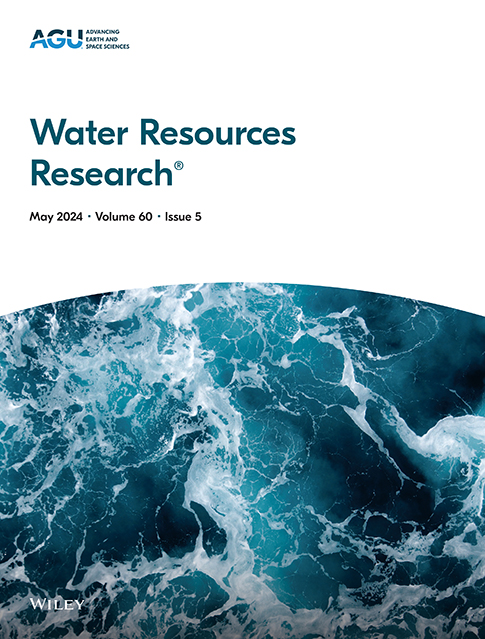A Unified Model for the Soil Freezing Characteristic Curve Based on Pore Size Distribution and Principles of Thermodynamics
IF 4.6
1区 地球科学
Q2 ENVIRONMENTAL SCIENCES
引用次数: 0
Abstract
The soil freezing characteristic curve (SFCC) is used as a tool for interpreting various properties of frozen soils such as hydraulic conductivity, volume change, and shear strength. Existing SFCC models are commonly based on empirical relationships, pore size distribution (POSD), or adaptations of the Soil-Water Characteristic Curve (SWCC). Empirical models often lack a theoretical foundation, limiting their general applicability. Experimental evidence suggests that matric suction at a given temperature is affected by freezing rate, raising concerns about the suitability of SWCC-based approaches for predicting SFCC. POSD-based models are typically restricted to non-saline soils, while current methods for saline soils primarily rely on SWCC-based models, incorporating osmotic suction and iterative calculations to estimate unfrozen water content, which complicates practical applications. This study presents a unified SFCC model by transforming pore size into pore volumes using the POSD function (Weibull function) and extending the Gibbs-Thomson equation to account for solute effects. The model eliminates the need for iterative calculations by deriving a freezing point depression equation that links the effects of confinement and solute concentration to pore size. Validations of the proposed unified SFCC model against experimental data demonstrates its accuracy in predicting unfrozen water content across different soil types and solute concentrations. Finally, the model's ability to simulate thermal-hydraulic processes using a freezing column experiment is promising for its application in practice.求助全文
约1分钟内获得全文
求助全文
来源期刊

Water Resources Research
环境科学-湖沼学
CiteScore
8.80
自引率
13.00%
发文量
599
审稿时长
3.5 months
期刊介绍:
Water Resources Research (WRR) is an interdisciplinary journal that focuses on hydrology and water resources. It publishes original research in the natural and social sciences of water. It emphasizes the role of water in the Earth system, including physical, chemical, biological, and ecological processes in water resources research and management, including social, policy, and public health implications. It encompasses observational, experimental, theoretical, analytical, numerical, and data-driven approaches that advance the science of water and its management. Submissions are evaluated for their novelty, accuracy, significance, and broader implications of the findings.
 求助内容:
求助内容: 应助结果提醒方式:
应助结果提醒方式:


